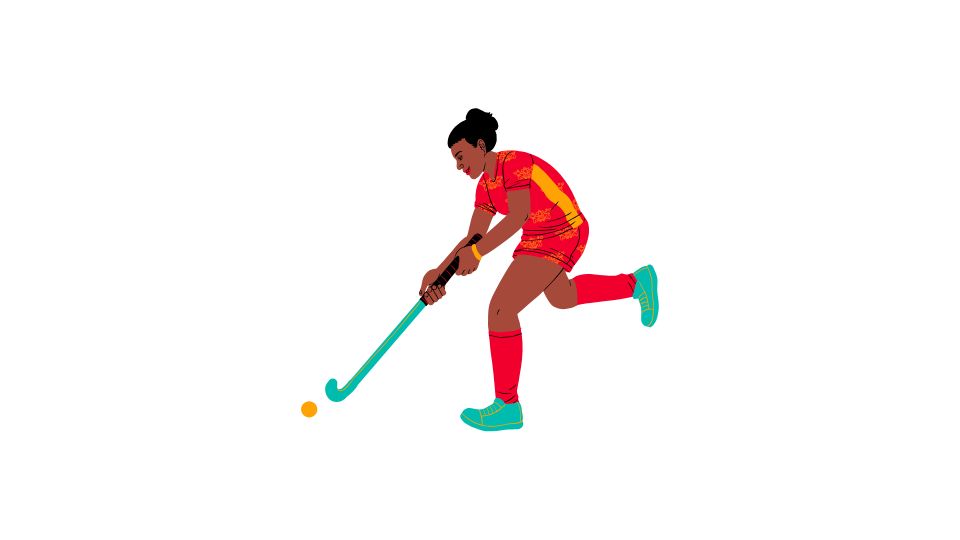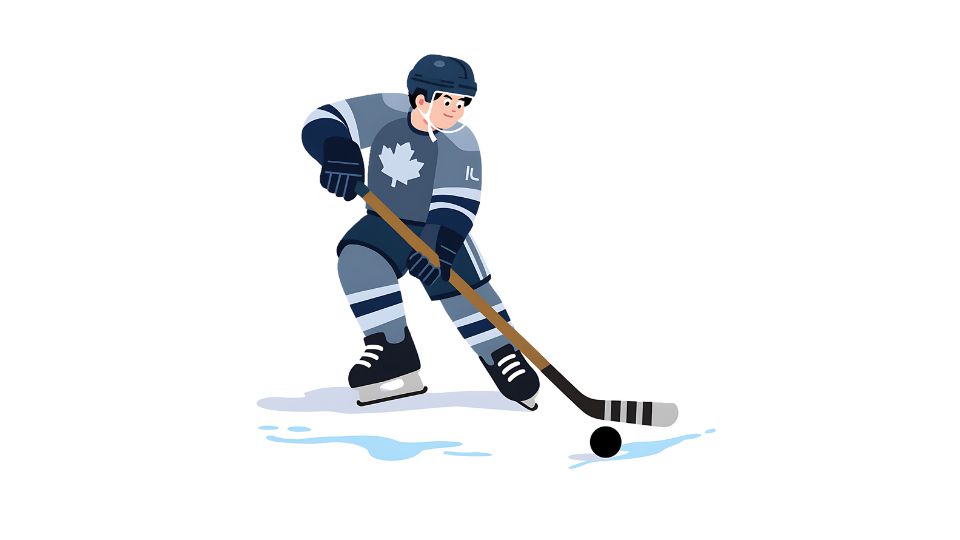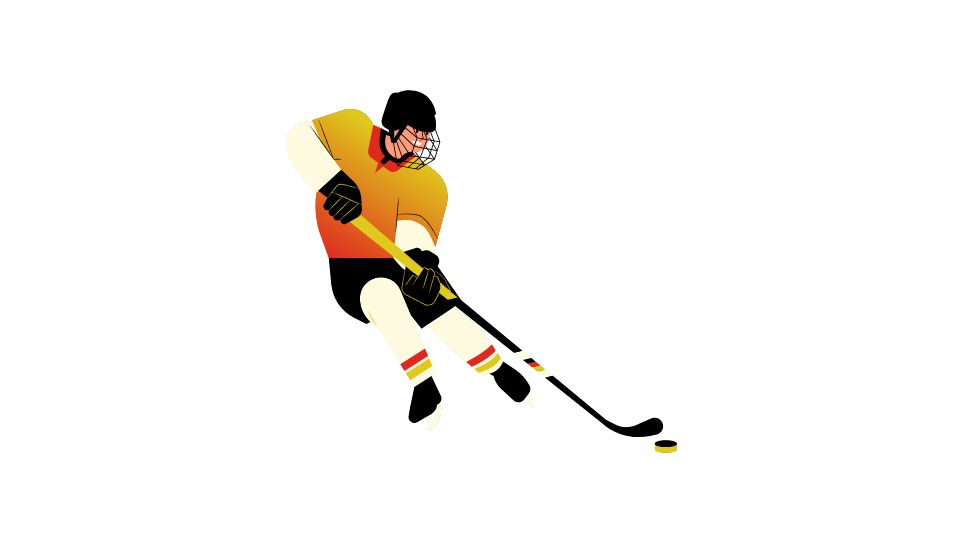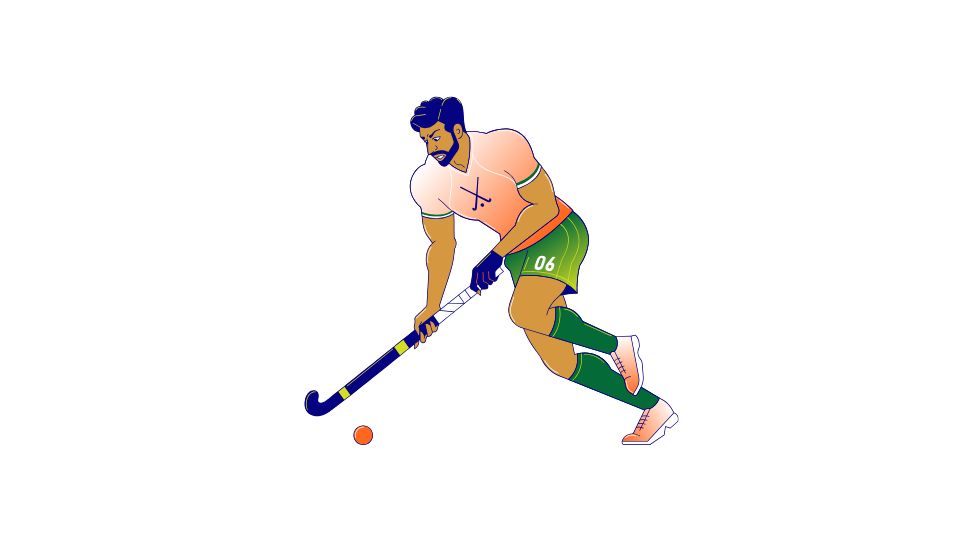Updated Hockey Concussion Rules Parents Need

Concussions in youth hockey are no joke. As a parent or coach, knowing how to handle them could be the difference between a minor setback and a life-altering injury. The brain doesn’t get a second chance, and kids’ developing brains are especially vulnerable.
And let’s be real – hockey is basically kids flying around on ice with sticks while intentionally crashing into each other. It’s an awesome sport, but concussion risks come with the territory.
The Ultimate Guide to Youth Hockey Concussion Protocols
Ever seen a young player looking dazed after hitting the boards? That might be a concussion – and only about 10% of concussions actually involve losing consciousness. Most are subtle, which makes them easy to miss and dangerous to ignore.
Let’s break down everything you need to know about concussion protocols in youth hockey – from spotting the warning signs to safely getting players back on the ice.
Know the Signs (They’re Not Always Obvious!)

First things first: you need to know what you’re looking for.
When a player gets a concussion, you might notice they:
- Look dazed or stunned
- Seem confused about what position they’re playing
- Can’t remember plays or instructions
- Move clumsily
- Answer questions slowly
- Show personality or behavior changes
Players might also complain about:
- Headache or “pressure” in their head
- Nausea or vomiting
- Balance problems or dizziness
- Double or blurry vision
- Sensitivity to light or noise
- Feeling sluggish, hazy, foggy, or groggy
- Concentration or memory problems
Any of these signs should set off alarm bells. The CDC’s HEADS UP program provides excellent resources for recognizing concussion symptoms in youth athletes.
What To Do When You Suspect a Concussion (Step by Step)

1. Remove From Play IMMEDIATELY
This is non-negotiable. If you even suspect a concussion, that player needs to come off the ice right away.
No exceptions. No “let me just finish this period.” No “but it’s the championship game!”
When in doubt, sit them out. This isn’t just good advice – in many states, it’s the law.
2. Get Professional Evaluation
A concussion isn’t something you or the player can self-diagnose. They need to be evaluated by a qualified healthcare professional who understands concussions.
This could be:
- A physician
- A certified athletic trainer
- A neurologist
- An emergency room doctor
Studies published in the Journal of Athletic Training show that proper initial evaluation significantly improves recovery outcomes.
3. Inform Parents/Guardians
Make sure the player’s parents or guardians know exactly what happened and what symptoms you observed. Give them resources about concussions and clear next steps.
4. Monitor Closely
After a suspected concussion, the player should not be left alone for the first few hours. Watch for worsening symptoms, which could indicate a more serious injury requiring emergency care.
Red flags include:
- Worsening headache
- Extreme drowsiness
- Inability to recognize people or places
- Repeated vomiting
- Seizures
- Increasing confusion
- Unusual behavior
Returning to Play (Patience Is Key)

Getting back on the ice after a concussion isn’t like recovering from a bruise or sprain. The American Academy of Pediatrics recommends a gradual, step-by-step return process that typically looks like this:
Step 1: Rest Until Symptom-Free
Complete physical and cognitive rest until symptoms are gone. This means no screens, no homework, no physical activity – just rest.
Step 2: Light Activity
Start with light walking or stationary biking – nothing that increases heart rate too much.
Step 3: Sport-Specific Exercise
Add some light skating drills, but no contact or head impact activities.
Step 4: Non-Contact Training
Harder hockey drills like passing and shooting. May start progressive resistance training.
Step 5: Full Contact Practice
Only after medical clearance! This step restores confidence and lets the coach assess functional skills.
Step 6: Return to Games
Normal game play resumes.
The Golden Rule: Each step should take at least 24 hours. If symptoms return at any stage, go back to the previous step. This isn’t a race.
Prevention is Better Than Treatment

While you can’t bubble-wrap kids and still let them play hockey, you can reduce concussion risks:
- Ensure proper-fitting helmets that meet safety standards
- Teach proper body checking techniques (when age-appropriate)
- Enforce rules against dangerous plays
- Create a culture that values brain safety over winning
- Make sure the ice surface is well-maintained
According to research from the Sports Health journal, teams that emphasize proper technique and safety protocols see significantly fewer concussions.
Final Thoughts
Youth hockey is an amazing sport that teaches teamwork, discipline, and resilience. But no goal, no championship, no hockey achievement is worth risking a young person’s brain health.
By following proper concussion protocols, we’re not just protecting players today – we’re safeguarding their futures. And that’s a win that matters more than any scoreboard.
Remember:
- Recognize the signs
- Remove from play
- Seek professional evaluation
- Return gradually
Because unlike hockey equipment, kids only get one brain. Let’s protect it.

